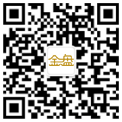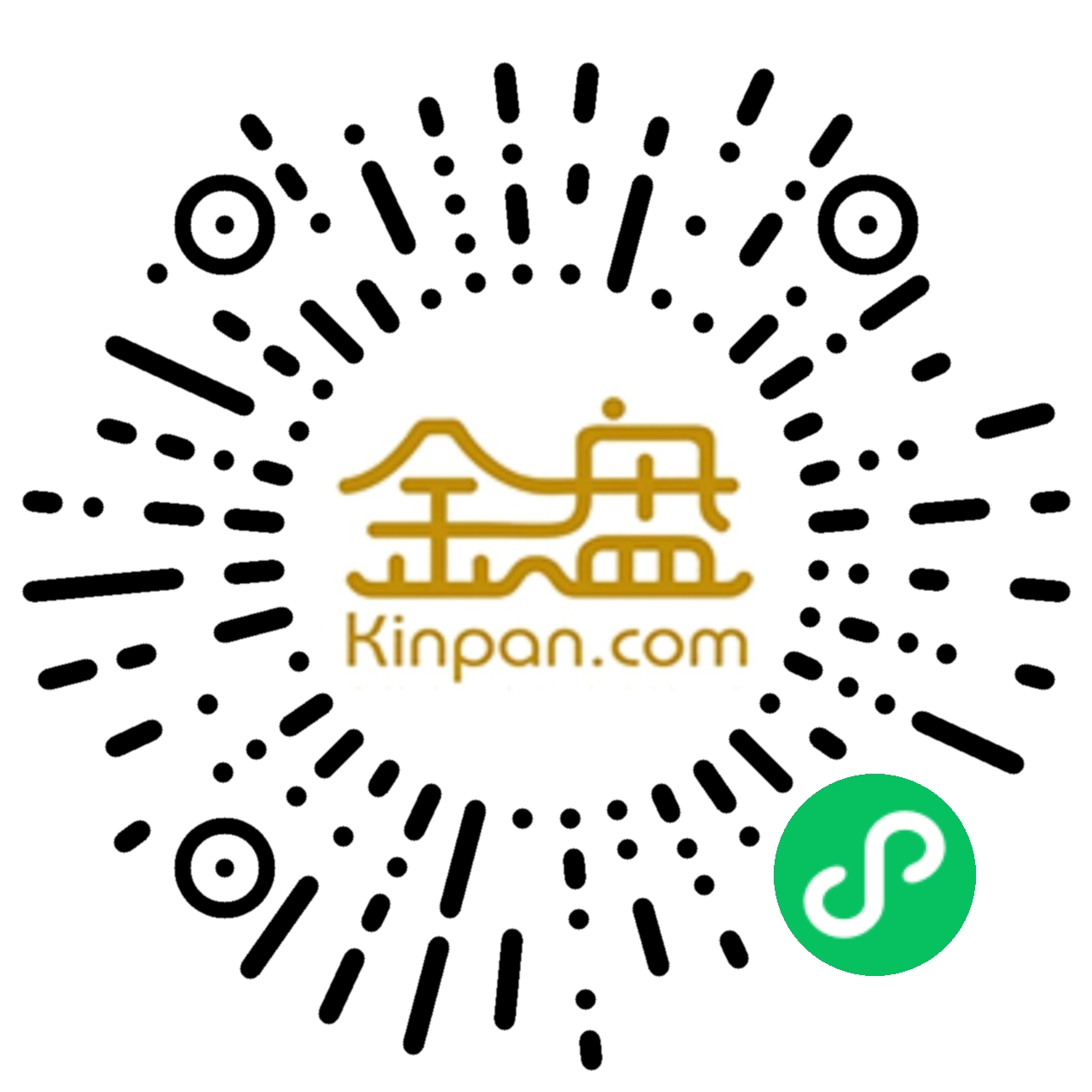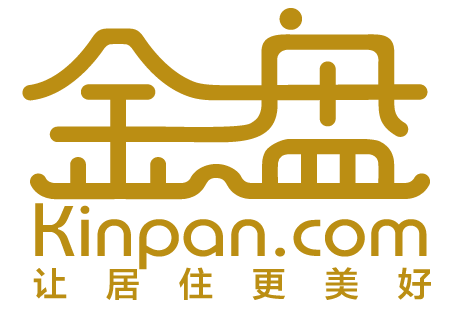青島文化藝術中心建筑方案設計
ThewinningdesignforthenewCultureandArtCenterbeginswithaconnectiontoQingdao.ThelinearformoftheJiaozhouBayBridge—theworld’slongestbridgeoverwater—iscarriedintothelargesite,intheformofaLightLoop,...
服務范圍:建筑設計
設計參考價: 50 元/平方米- 項目名稱:青島文化藝術中心建筑方案設計
- 項目地點:青島膠州
- 設計參考價:¥50/㎡
- 項目類型:其他
- 設計年份:2013
- 風格:現代
- 建筑面積: 2000000㎡
- 發布日期:2016-05-01
- 最近更新:2016-10-09 09:57













The winning design for the new Culture and Art Center begins with a connection to Qingdao. The linear form of
the Jiaozhou Bay Bridge—the world’s longest bridge over water—is carried into the large site, in the form of a
Light Loop, which contains gallery spaces and connects all aspects of the landscape and public spaces. The
raised Light Loop allows maximum porosity and movement across the site, and permits natural sound bound
breezes that blow in off the ocean to flow across the site.
Set within the master plan are Art Islands, or Yishudao, which take the form of three sculpted cubes, and four
small landscape art islands that form outdoor sculpture gardens. Five terraced reflecting pools animate the
landscape and bring light to levels below via skylights.
The Light Loop and Yishudao concepts facilitate the shaping of public space. A great central square for large
gatherings is at the center of the site overlooking a large water garden. The Modern Art Museum shapes the
central square. The Public Arts Museum forms the main experience of entry from the south. The North Yishudao
contains the Classic Art Museum, with a hotel at its top levels, and the South Yishudao, which floats over the large
south reflecting pool, holds the Performing Arts Program.
In the Light Loop, all horizontal galleries receive natural light from the roof that can be controlled with 20%
screens as well as blackout options. The 20 meter wide section of the Light Loop allows side lighting to the lower
level galleries, and provides space for two galleries side by side, avoiding dead-end circulation.
The basic architecture is in simple monochrome of sanded marine aluminum and stained concrete, with the
undersides of the Light Loops in rich polychrome colors of ancient Chinese architecture. These soffits are washed
with light at night to become landscape lighting in shimmering reflected colors.
The fusion of landscape and architecture, a concept that can be seen in the earliest Chinese scroll paintings, is
central to the Light Loop and Yishudao concepts. Like the strategies of the beautiful gardens of Suzhou, the user’s
experience moving across the site’s landscape is full of surprises within spaces that unfold in rich vegetation and
water reflection. A variety of trees and vegetation defines special areas, and the merging of sedum and paving
stones keeps the hardscape green and porous. The development of the landscape will include fountains and
moving water.
While the overall design has clear entry points with gates at the south, east, north and west, an additional
pedestrian tram loop will connect all aspect of the site. This on-grade, rubber-wheeled tram will be slow moving
so that users can get on and off frequently at many points across the site.
The entire project uses the most sustainable green technologies. Placed between the skylights on the Light Loop,
photovoltaic cells will provide 80% of the museum’s electrical needs. The reflecting ponds with recycle water,
while 480 geothermal wells provide heating and cooling.
 金盤網APP
金盤網APP  金盤網公眾號
金盤網公眾號  金盤網小程序
金盤網小程序 











